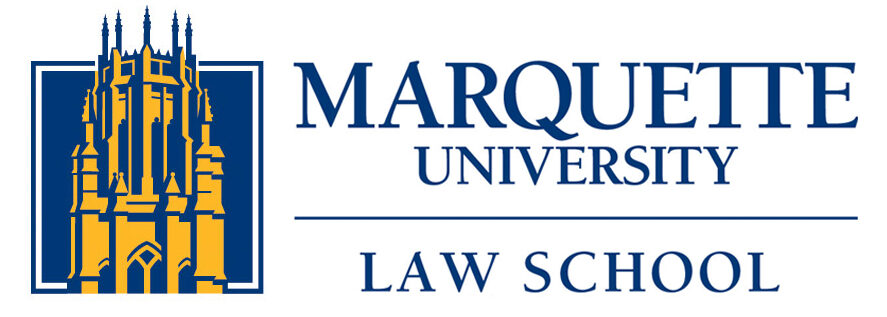Once We Know, We’ll Know What To Do
In a Facebook post last Saturday, after reading “What protesters say is fueling their anger,” I wondered what I could do to help eliminate racism, which is causing so much harm to our collective humanity. I wasn’t sure what to do first.
As a law professor and member of the Sports Lawyers Association (including 2 years as its president and 18 years on its board of directors) for 30+ years, I’ve had the good fortune of getting to know and work with many persons of color as students and professional colleagues. I’ve become friends with many of them. During the past couple days, I learned that I didn’t know some of them very well.
On Sunday, I read a Facebook post by a former student stating: “Black people need your empathy. Put yourself in my shoes. I jog nearly everyday in the suburbs of North Dallas, but I run with my dog because I know that I somehow appear ‘less intimidating’ to the general public as a black man running with our family pet. . . . I have three kids – two of which are boys. I fear the day that I am forced to have the conversation with them that many Americans see them as a threat simply because of the melanin in their skin. . . . [O]ver the summer before I went to college, I had a police officer pull a gun on me in the 90s when he pulled me over simply because he said I didn’t ‘belong in this neighborhood’ where I actually grew up. He said ‘give me a reason’ to pull the trigger. I was merely a teenager with a gun pointed at the left side of my head during a traffic stop. I recall that day like it was yesterday.”
I responded: “Very sorry you personally experienced such horrifying racism (like so many others). It’s appalling, and NO human being should be subjected to and have to live in fear of it happening again! I hear you and strongly agree that racism must be publicly condemned, most especially by whites.”
He replied: “Thank you. I appreciate your awareness of the situation. . . . Have an intentional conversation with your own friends and family, on my behalf.”
